The Wildlings take on the Junior Forester Award: Family Edition
As we move into the sunnier days of Spring there are so many good reasons to get out and about with the kids in nature. To show you what you're missing I went with my own forest-enthusiasts "The Wildlings" (5- and 8-years-old) to RFS Battram Wood for Sessions 1 and 2 of the Junior Forester Award.
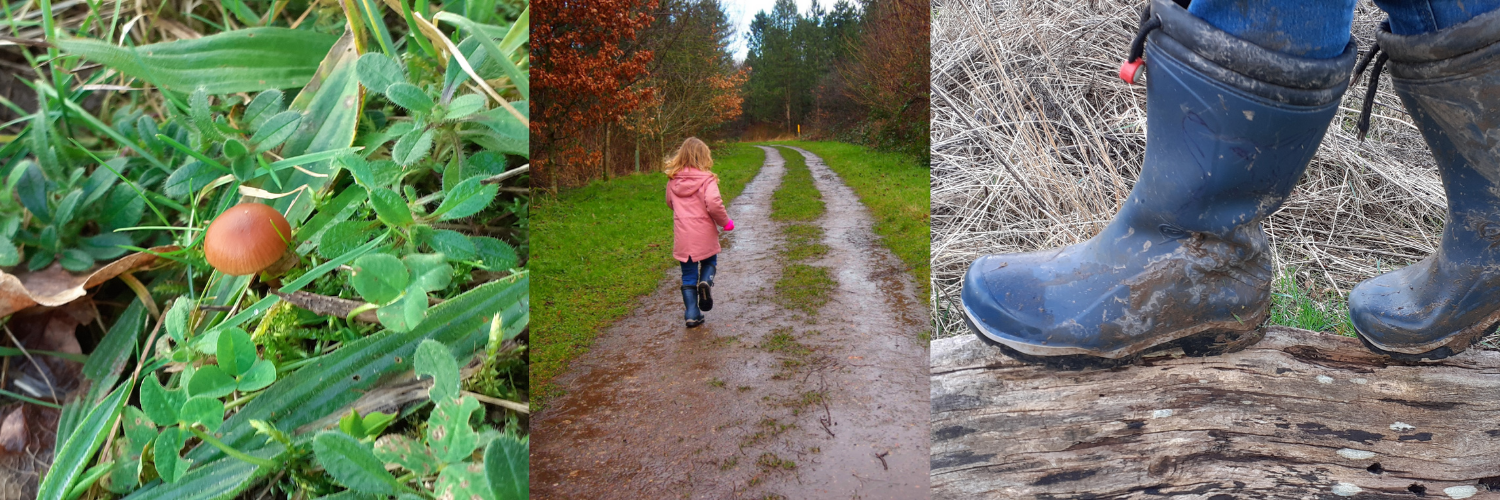
The sun was shining, after a few weeks of storms we needed some fresh air, and it seemed the perfect opportunity to learn about and explore somewhere new. With climate change on everyone’s agenda, teaching our young people early is more important than ever, and the benefits for learning in a natural environment for mental health are huge. Add in the chance to practice independent thinking and it’s a very productive day out!
We chose the beautiful Battram Woods; it has a small car park, fairly easy footpath design to follow, and a diverse selection of trees. A great starting point for the first two sessions of the Junior Forester Award. Battram Woods is in the National Forest and is a great example of how farmland can be developed into woodland. There are ~4km of paths, as well as cycle paths linking to local and national networks, but we mainly stuck to the Millennium Circle and a few surrounding paths. Keeping to this focal point of the woodlands allowed us to better manage the risks, and keep little legs within a reasonable distance of snacks, spare clothes, and shelter in case rainstorms decided to return without warning.
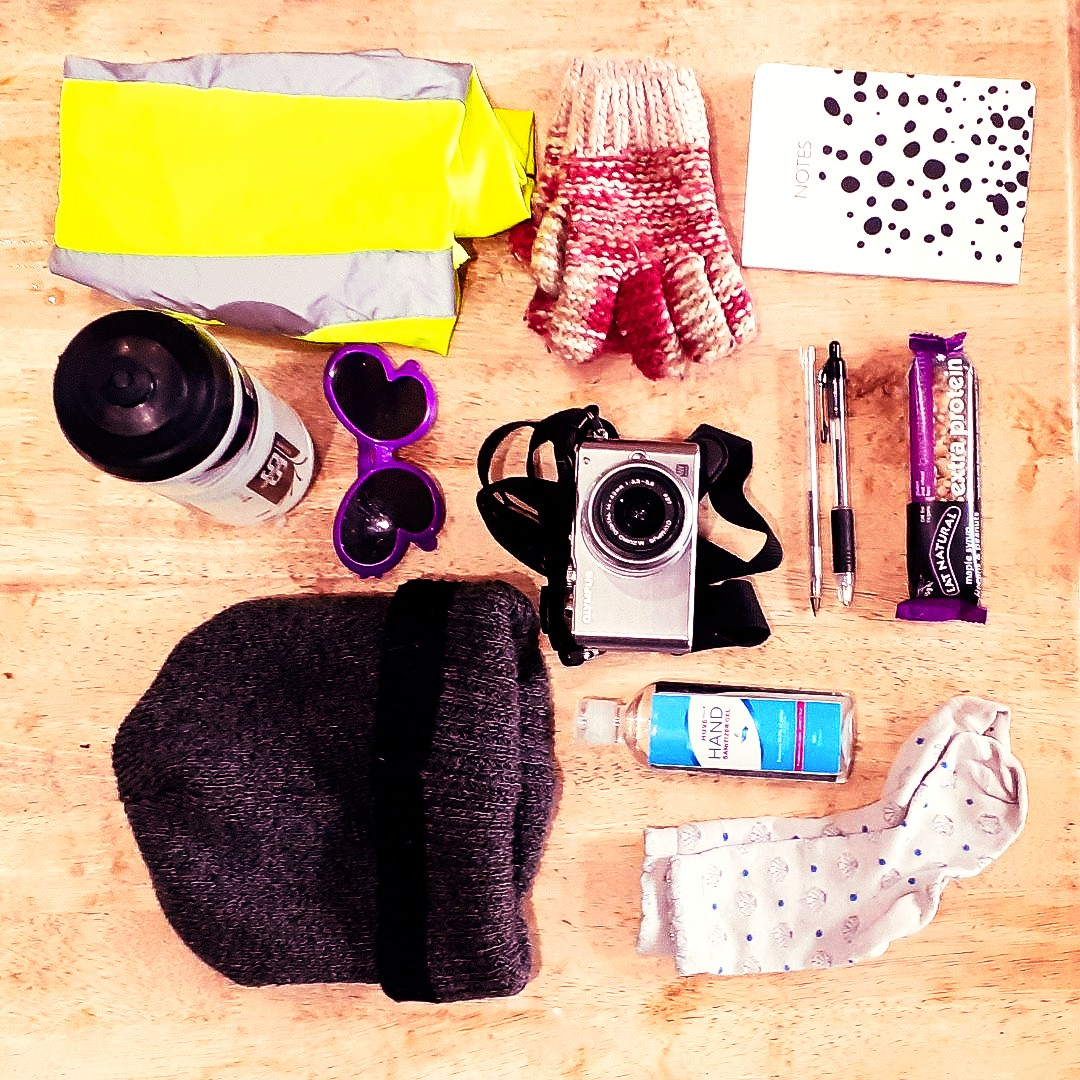
The JFA Family Handbook suggests the basics you’ll need, and we added some extras based on the weather, season, location, and anything that made sense for my two Wildlings (you know your kids best so remember the easy-win extras that will help you all have a good day).
- Clothing that you can get muddy, sturdy footwear and waterproofs / sun protection depending on the weather. For us this meant a spare change of socks and trousers for each wildling, warm accessories, as well as a fluorescent jacket for me and favourite sunglasses for Wildling 2. We settled for wellies knowing how wet it had been, but depending on how far you’re exploring you might prefer walking boots or a light pair of trainers in the warmer months.
- A Junior Forester Award booklet for each participant (optional). We went for an electronic version to save the paper, but reading it through as a parent first is a good idea.
- Notepad, camera, or other way of recording what you find and what you learn. This could be as simple as your phone. The point is to learn so don’t overthink it or worry about taking a full pencil case out with you unless you really want to.
- A tree/plant ID guide. We downloaded the Woodland Trusts Tree ID App, but there are plenty of online resources, guides that can be bought or borrowed from your local library, so find something that works best for you.
- A small rucksack with plenty of water, snacks, and lunch; by planning lunch in as a break between session 1 and 2 we kept everyone refreshed, fuelled, and happy for exploring.
- Additionally, it seemed wise knowing my Wildlings to take a basic first aid kit, as well as a small clean towel. I lean towards “better safe than sorry” when a little way from home.
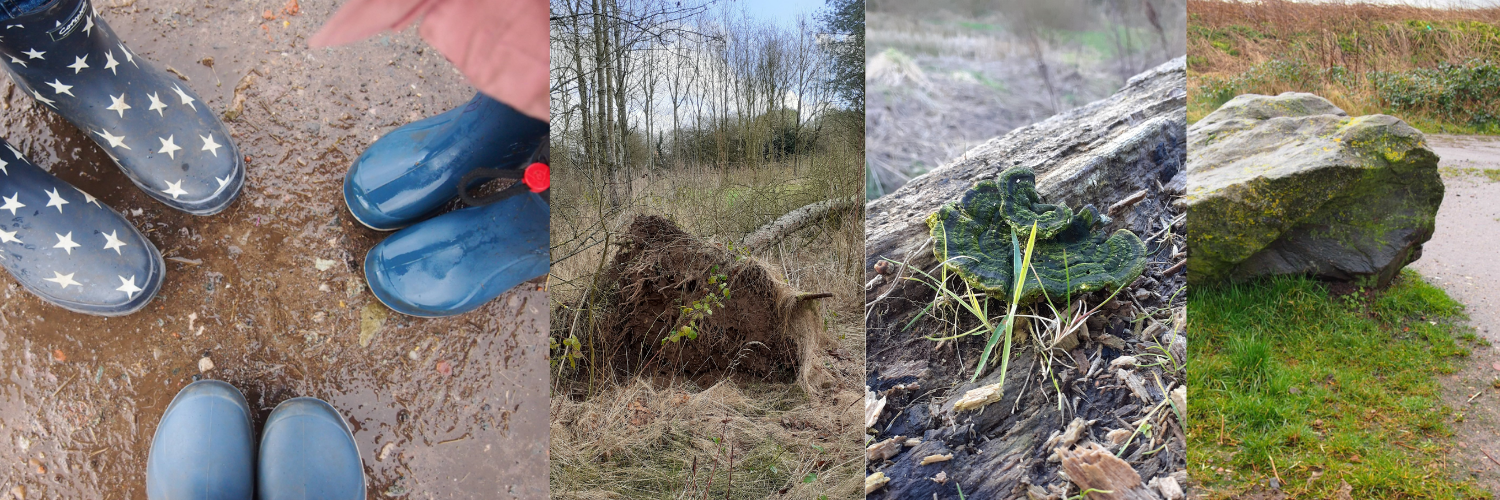
Session 1: Managing Risk
It’s worth starting this session before you even arrive; by talking about possible risks, and asking questions about what we *might* find in the woodlands opened the door to independent thinking. The Wildlings discussed the storms, what damage we might find, animals that live in woods, and what we had done to prepare for the normal everyday risks, e.g. brambles, mud and puddles, etc. We also went over things to avoid touching and picking up: by pointing to objects and asking if it was alive/growing/dead/waste/harmful they got into a pattern of categorising, and asking about anything they were unsure of.
This session is not about removing risk, but managing it and preparing for it. That level of freedom is honestly unusual for young children, and to be able to balance on logs, jump in puddles, and weave through forests, can be a great experience. The JFA Session 1 is a way of teaching how to assess hazards and dangers, and have fun at the same time. Wildling 1 ran about taking pictures of anything they thought could even vaguely be considered a risk, whilst Wildling 2 just ran from puddle to puddle, occasionally pointing and yelling about the bike coming past, a fallen tree, or a particularly large piece of rock. Using this session as a way of getting our bearings around the central area of woodland smoothed the way for more in depth study in Session 2, and gave them both a natural confidence to look and find.
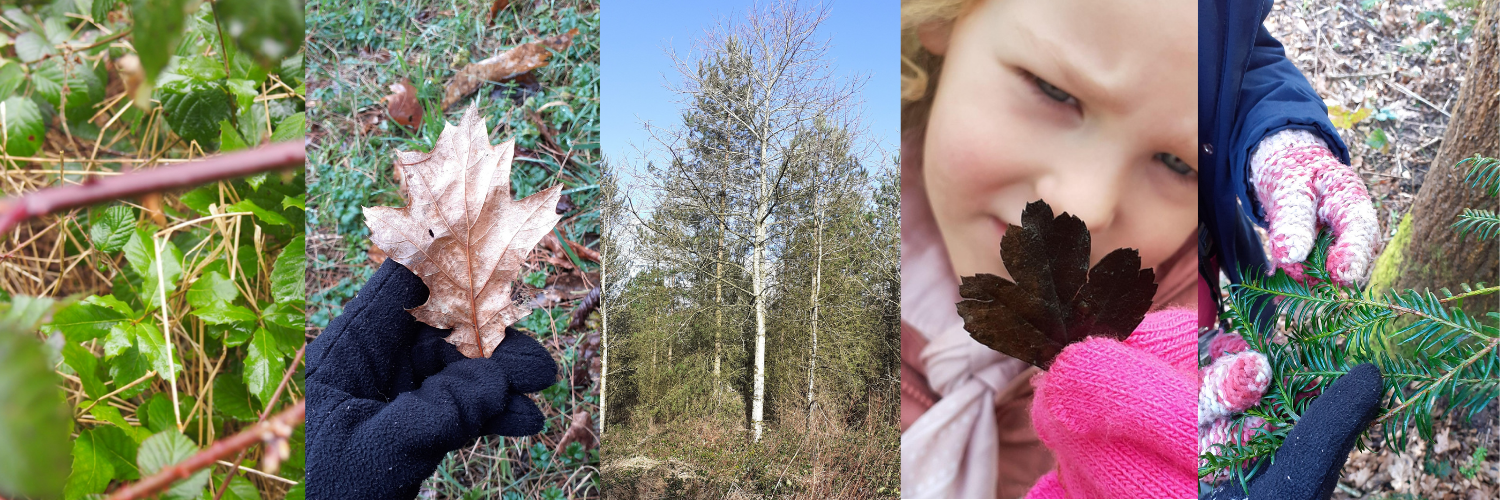
Session 2: Tree and Plant ID
I will admit going at the end of winter did not make tree ID the easiest task to do, but it pushed us away from relying on just leaves. As the leaves were mainly brown and being blown around by the wind, we looked at the colour of the bark, the type of buds, and the shape of the trees around us. We then plotted them on our handy app which tracks where that tree was found (mostly unless signal lets you down… which it might in large rural woodlands).
Having already scouted out the area, we felt a little more confident to explore more paths, finding the lake, hills, and using our memories of the tree silhouettes to guide us before reaching for a map. The Wildlings were careful to avoid occasional fallen trees, going off path whilst also ensuring the least damage to other surrounding plants. Although the wind was against us collecting evidence of our finds, we took photos of seed pods, leaves, and other natural finds as we went.
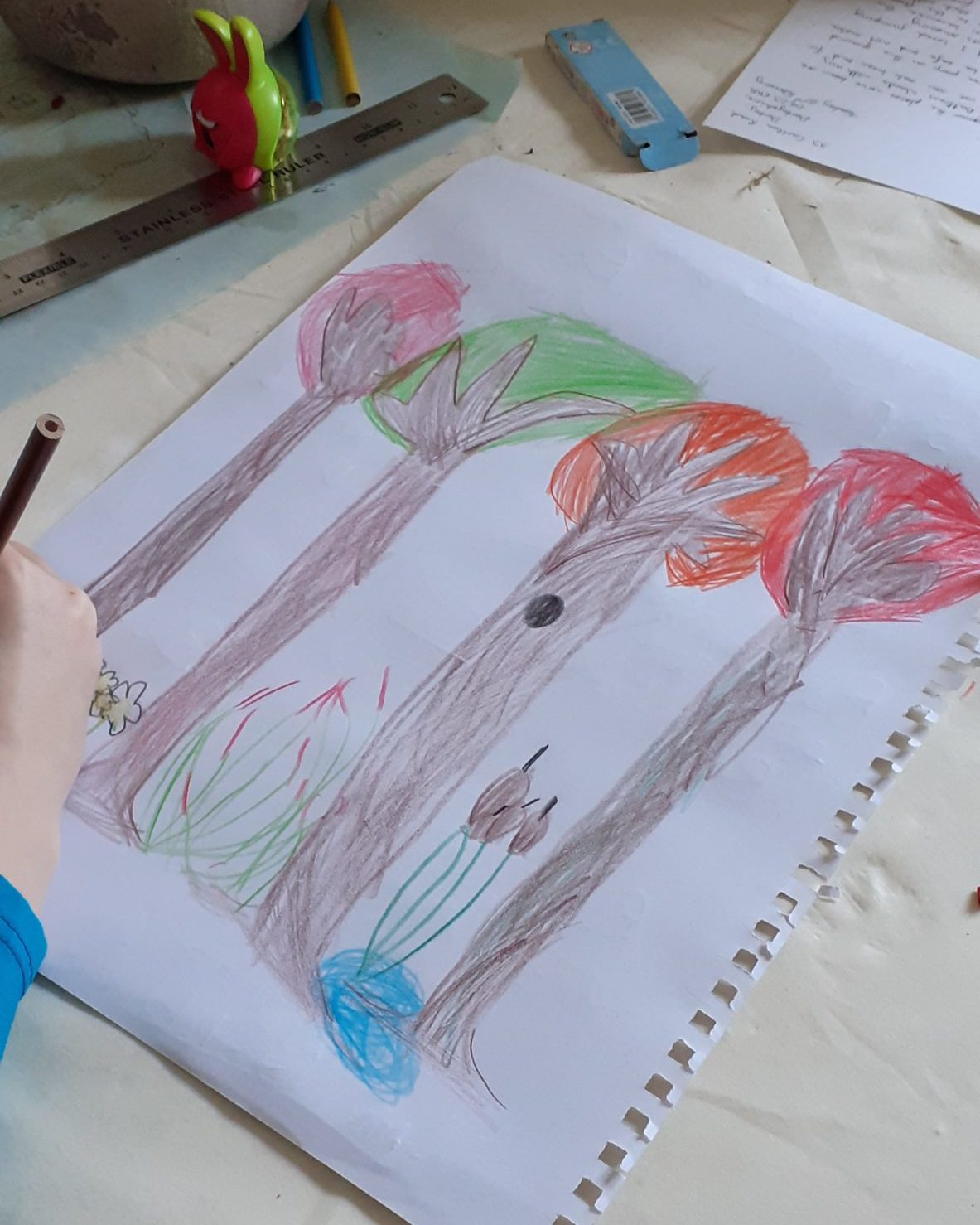
The end of the day, once home, was all about drawing out that knowledge. However exhausted by the walk they might have been, an excuse to make a poster (especially if it warns about *ahem* animal waste) or draw a picture about their day is rarely refused. Wildling 1 decided on a poster warning about the hazards you might find in the woods, whilst Wildling 2 dictated a letter to the RFS Office about what they enjoyed most.
Most surprising from the whole day is how protective both Wildings became about the woodlands once they had visited. They wanted to return, but the conversations about our trip on the way home included how we might protect our natural environments, how important they are for wildlife and ourselves, and why they hoped others might help look after the woods too. Knowing that they were one third of the way to a Junior Forester Award badge was also extremely exciting, and they are eager to continue as soon as possible.
The Family Edition may seem like something for children, but adults can learn a lot in the process of guiding children through it. I didn’t realise how many varieties of species of tree there were, or how often my guess would be wrong (not that I let on too much!). You don’t need much to complete these challenges; you don’t need to be somewhere fancy, just somewhere with trees and plants, and there aren’t many free activities around nowadays that will wear out excited minds quite that simply.
On a personal level, although I put some effort into the initial plan, there is a clear level of calm that comes with letting your children explore with the knowledge that they are thinking about risks and learning along the way. A bit of mud, puddle splashes, and a small graze is worth the family time and bonding experience you gain.
Watch this space for more JFA Wildling adventures!

